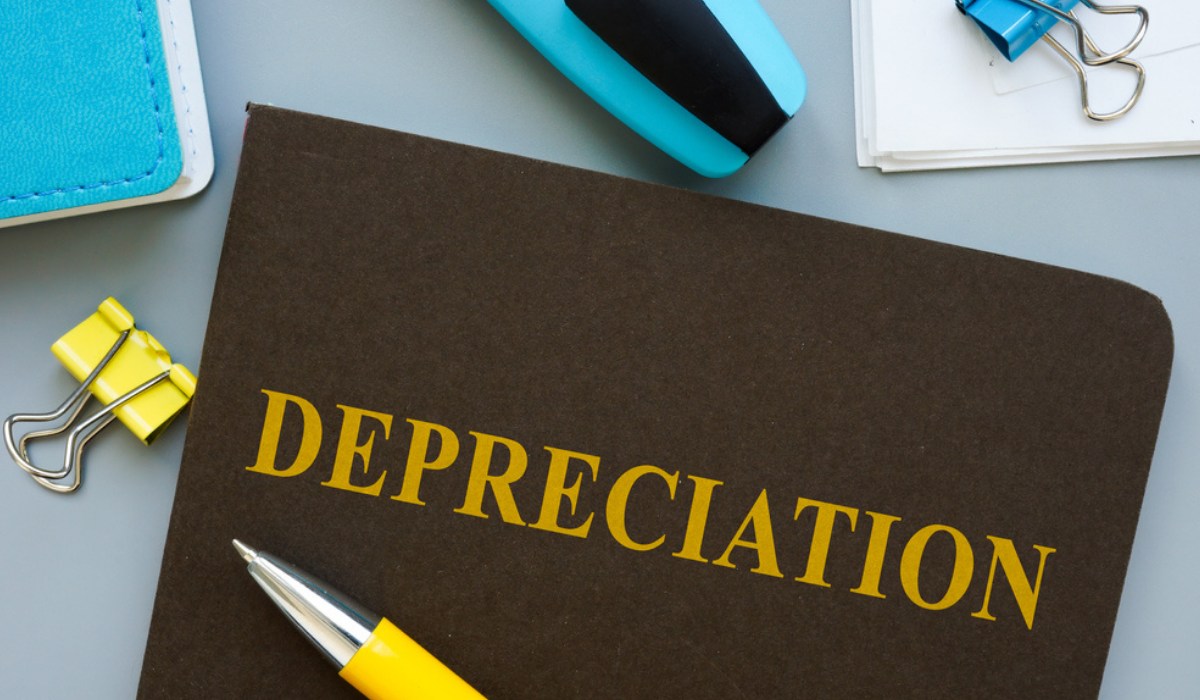An asset is given a certain value and over its lifetime, this figure diminishes. This is called depreciation. Depreciating assets can be accounted for as an expense and this impacts various aspects of your small business.
Depreciation accounting is best left to a professional, but it is important to understand how it works and influences your business. The more expensive your assets are, the more of an impact depreciation makes.
Depreciation Affects Your Profit and Loss
Depreciation is considered to be an expense or a ‘cost of doing business’ because the business assets it refers to will need to be replaced eventually. Each year, depreciation accounting can help you calculate the drop in your assets’ value. This depreciation needs to be accounted for in your profit and loss statement and deducted from your profit revenues. When you don’t account for the depreciation of your assets, you get a skewed report of your profits.
Depreciation Affects Your Taxes
Since depreciation affects your profits and you pay taxes based on your profits, you should include the depreciation value in your tax returns. This will reduce how much tax you will need to pay. Eventually, you will be able to include the whole value of the asset in question and write off your initial investment – this is called amortisation. But to discourage anyone from taking advantage of the system, there are rules that govern the rate of depreciation for tax purposes.
Depreciation Affects the Value of Your Business
In terms of the value of your business, it can drop along with the value of your depreciating assets. For example, a car rental company’s key asset are the cars, and these will depreciate every year. And the value of this company is likely to be less than that of a car rental company with brand new cars. A company’s assets are often used as collateral and its value becomes very important especially when you’re applying for a loan.
The Difference Between Tax Deductible Expenses and Depreciating Expenses
Many business expenses, such as the cost of transport on a work-sanctioned excursion, are tax deductible as long as you include them in your tax returns the same year. But fixed assets are depreciable. Fixed assets are those items that help your business generate an income for over a year, it could include things like business equipment, vehicles, and computers. In some cases, items you have on a lease are depreciable too. Even intangible assets like copyrights can depreciate. Inventory does not fall in this category and is factored in separately, with inventory accounting.
How is depreciation assessed?
There are several different ways to calculate depreciation and each of these is applicable to a certain type of asset or business. Two key aspects factor into this calculation include:
- The depreciation schedule: The first step is to arrive at an estimate of the asset’s lifespan. For example, depending on its make and model, a car could last for ten years or more. The Internal Revenue Department (IRD) maintains a schedule for the depreciation of various fixed assets and these recommendations are generally followed by small businesses. Suppose an asset is lost or damaged, its value drops to zero. The value of an asset can also be combined with a new one, it could be sold or even traded for another.
- Method of calculation: While some assets depreciate at a steady rate, i.e. by the same amount every year, others lose value quickly at the beginning and then slow down toward the end of their lifespans. While there are several different and complex ways to calculate the rate of depreciation, these are the most commonly used:
- Straight line depreciation is when the asset drops in value by the same amount each year. This goes on until the value reaches zero.
- When an asset is said to have ‘diminishing value’, it means that it depreciates by a greater amount in the first few years. Then the depreciation rate gradually slows down over the remaining years of its lifespan.
- There are assets that have their value measured in terms of the amount of the work they have done rather than the number of years they have existed. For example, potential buyers are often told how many kilometres a car has run. This describes its condition better than the number of years it has been around. This method of calculating depreciation is by the “units of production”.
To use this method, you need to first have a system in place that calculates the units of work that each machine performs. If you’re able to quantify and measure the work of an asset, this type of approach gives you the most accurate picture of depreciation. However, the problem that is often faced is that this method is difficult to apply to situations in the real world.
- SYD or “Sum of the year’s digits” depreciation accounts for quicker depreciation during the initial years. And after that, it uses a weighted percentage taking into consideration the number of useful years the asset has left. This works well for businesses that are trying to regain as much of the asset’s value as possible right at the beginning. It is considered to be more complex to calculate, but offers a good reduction in taxable income.
How is Book Depreciation Different From Tax Depreciation?
Tax depreciation refers to the figures that accountants include when they file tax returns for your business. It’s done in accordance with the laws and recommendations set by the IRD. But with book depreciation, the numbers are those that the business assigns to its own assets. Book depreciation figures are numbers that these businesses use for their financial statements. They are obliged to only adhere to company law and these calculations are just made for accounting purposes.
If you are unfamiliar with depreciation and accounting, it can sound like the company is maintaining two sets of books to gain an advantage. But the only difference is generally the time when the cost of a depreciating asset appears on the company’s financial statements and when it appears on the tax returns. For each year, the expense is likely to be different, but over the lifespan of the asset, it will add up to the same figure.
Calculating depreciation is not as complicated as it sounds. Most businesses that use software for accounting simply adopt the IRD’s recommendations on depreciation. Once the details are keyed in, the software is able to carry out the calculations. It’s best to have a professional accountant oversee depreciation accounting to ensure it’s on track. Small business owners will benefit from learning about depreciation as it can end up saving you a lot of money in the long run.



